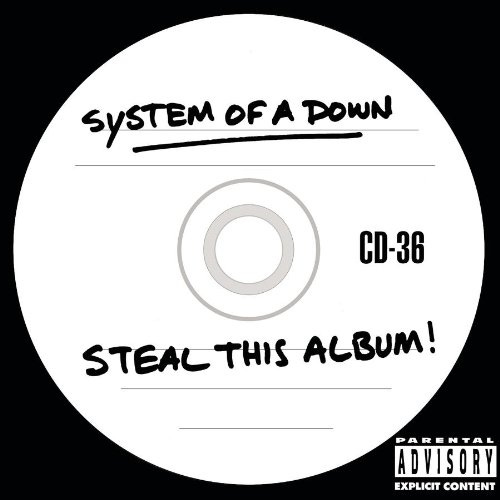TIDAL Wave: Streaming Audio & The Debate Over Artist Compensation
“Why do people in this great U S of A … why do they feel like someone who sings, someone who dances, someone who writes, someone who does poetry doesn’t have to be compensated?”
The world, and everything in it, is made of art. I am not being hyperbolic or exaggerating. The world is literally art. The buildings we enter, the streets we walk on, the parks we walk in - it’s all art. Someone had to envision these things, create a schematic, and build it in order for us to experience it as part of our everyday lives. No one will argue that. For musicians they need instruments, a way to record, an idea and time to make something we might consider magic.
In March Jay-Z, Beyonce, Madonna, Kanye, Rihanna and Daft Punk (clad in the mask get up and all) among others , stood on stage and introduced the world to Tidal - a streaming music service that is artist led. Streaming music has been steadily growing over the last decade. The idea was born out of the growth of the MP3 format audio file. Once high-speed internet entered homes in the early-2000’s and Napster surprised (read: snatched the wig of) the music industry, it also made realistic the idea that the internet could support music being streamed, for a fee, without a physical file local on the computer .
My first experience with streaming music was actually in the mid-1990s. I could listen to NetRadio from my college computer lab, because the internet was so fast. It was rather cool to be able to listen to music while I wrote my papers. It wasn’t until Real Rhapsody (eventually they split from Realplayer and became simply Rhapsody) that I experienced my first streaming service that wasn’t set up like a radio station, and included albums from major labels that I could listen to - the difference was the low monthly fee of $9.99 (Spotify’s current monthly cost, by the way).
Today, as I flip through my phone, I have no fewer than 6 different ways to stream music - Amazon Prime, Google Play, TuneIn, Spotify, Soundcloud, MixCloud - not to mention the vanity apps for radio stations I have installed. It doesn’t take long to wonder - how in the world can an artist be paid from all of these different, competing apps, some that are free with little advertising? It also begs the question, if I already pay for Spotify, why in the world would I purchase something like Tidal?
Americans don’t like to pay for art. That’s a broad stroke, but hear me out. In 2014 Spotify had about 10 million paid subscribers in America. Sounds like a great number right? In 2014 Spotify was actually averaging 40 million monthly active users. So there are actually 4x the number of people listening than are actually paying to listen. This means what these services can afford to pay is compressed, because they have to keep the services running, pay royalties and somehow turn a profit. In November, 2014 it was reported “Spotify, the company that has come to symbolize the growth of streaming music around the world, had more than $1 billion in revenue in 2013. But it has yet to turn a profit.” (NYTimes.com)
How we right this ship is a complicated discussion, because it’s never been right to begin with. Ask Little Richard or Sly Stone if the music industry pays artists. What’s clear is that Tidal hasn’t decided how it’s any different from Spotify, Beats Music, Pandora et. al. for artist compensation. So, next time you stream your favorite indy artist’s album, ask yourself if they can buy a soda with your stream. Spoiler alert - they can’t.





